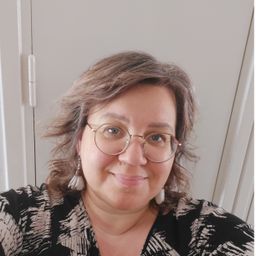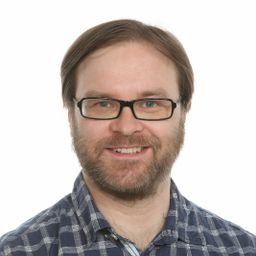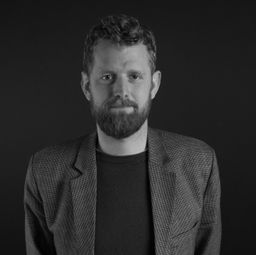Planning Instruments for Industrial Heritage Reuse and Regeneration through Citizen Engagement
Mon statut pour la session
This session presents case studies and policy reviews that contribute to ongoing debate and international dialogue on the role of planning systems and conservation practices in addressing the challenges of citizen engagement—conserving local interests, place attachments alongside physical remnants of industrial heritage. Over the past half century, we have witnessed the development and changing focuses of urban planning and conservation discourses addressing industrial heritage. Relevant planning policies evolve from encouraging the reuse of former factory buildings in historic urban quarters; to forming public-private partnership to finance the regeneration of historic ports and industrial waterfronts; to leveraging creative industries to valorize and rebrand underused industrial structures; to crowdsourcing public interests and community supports for safeguarding the remnants and memories of their industrial pasts. From building recycling to place making, various innovative planning instruments—such as regulatory tools, financial incentives, participatory processes or management approaches—are created to prevent the loss of industrial heritage or to capitalize on industrial remains as cultural assets for spurring economic growth.
Although planning instruments are invariably invented to circumvent particular problems at a given socio-economic context and to be implemented in a particular national planning system, successful implementation of such instruments often attracts global attentions and emulations to replicate success. Some instruments have been proven transferrable globally; others may have been adopted but substantially adapted to different cultural or socio-economic contexts. Some are at the forefront of innovation, conducting bold experiments with radical approaches to existing industrial structures and fabric so to effectuate socio-economic revitalization; others achieve success by deliberating a ‘cocktail’ of amended legislation, process and/or collaboration with actors from different sectors. What lessons can be learnt from various planning instruments that have been used to safeguard and repurpose obsolete industrial buildings and sites across the world? What can be the alternative mechanisms or procedures to prompt citizen-oriented initiatives and community-driven development, thereby circumventing the socio-economic and spatial injustice caused by the commodification or gentrification of industrial heritage and recognizing its cultural significance in the 21st century?
This session was originally designed by Plácido Gonzáles Martinez, Yiwen Wang and Loes Veldpaus
Sous sessions
This presentation focuses on the concept of intangible industrial heritage and how its features can be recognized locally and nationally through co-operation. Industrial heritage is most defined as the physical remains of the history of industry and technology. However, industrial phenomena such as knowhow of technologies, practices and processes, professional identities, education and all the features of industrial work you cannot learn in theoretical studies but in practice, are a crucial ...
Pasi Saarimäki & Anne Häkkinen The recognition of industrial heritage has typically been focused on its more material and tangible sides such as machines, products, buildings, tools, landscapes, and artefacts. Less attention has been paid to intangible traits of industrial heritage. (e.g. Sivula 2017; also Smith 2006.) In this paper, we will draw the attention to aspects of intangible industrial heritage by examining work, know-how, skills, and expertise with the local emphasis on industrial...
In this paper, I will focus on the use of urban heritage as a planning tool in the transformation of an old working-class neighbourhood in the city of Vejle, Denmark and as tool in the dialogue with the inhabitants. The former working-class neighbourhood is from late 19th century and build in connection with the cotton spinning mills in the Danish town of Vejle. The paper initiated from recent change in the perspective on heritage - from static and monumental to active and dynamic – and an u...





Discussion